Land ownership in Scotland is more concentrated in the hands of a few than practically anywhere else in the world. In 2024 – in a country with a population of approximately 5.5 million – only 433 landowners owned 50% of the privately-owned rural land1. Here I explore what that means in practical terms and how that shapes life for rural communities.

In Part 1 of these land use themed posts I looked back at the history of one place that was characteristic of the wider Scottish countryside. You can read that post here:
How did Scotland’s land become so denuded?
How land is used matters more than most people realise. Or usually consider. Many think that it has nothing to do with them as to how landowners use it, perhaps because they have become detached from it through centuries of enclosures, industrialisation and urbanisation.
For a more comprehensive account of landownership in Scotland than I can provide, I commend Andy Wightman’s book, The Poor Had No Lawyers: Who Owns Scotland and How They Got it. The title says a lot! It was published in 2015 and is updated on Andy’s Who Owns Scotland website.
What I hope to do in this post is give an snapshot of the landownership situation in Scotland, using as an example Strathearn, in the southwest of Perthshire, as it is the area I know best.
Many countries have restrictions on foreign ownership. In Switzerland non nationals are not allowed to purchase land. In Denmark, you are required, with some exceptions, to have been resident for five years2. This is not the case in the UK and many owners of large Scottish estates neither have British nationality nor live in the country.
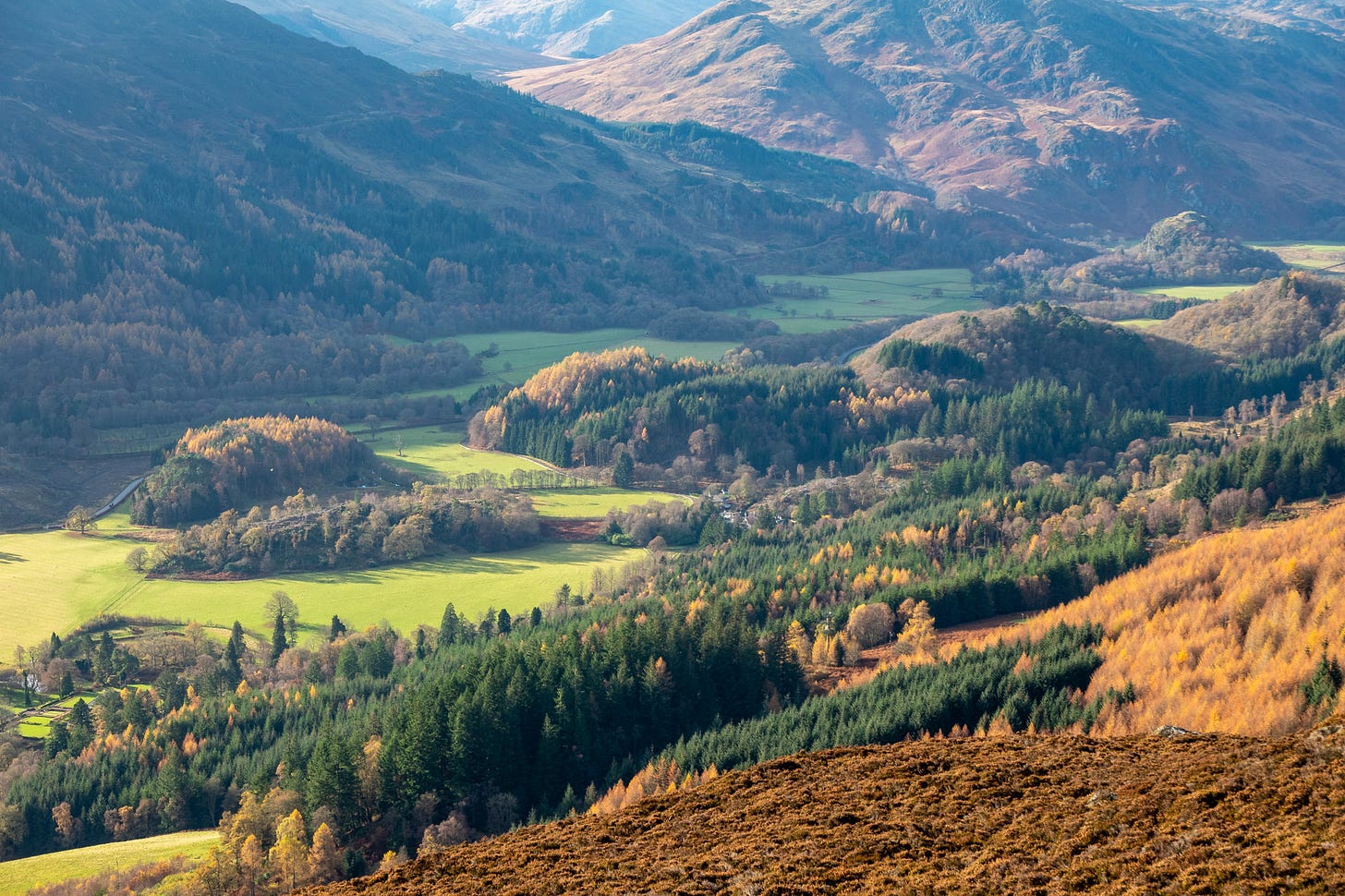
In Strathearn, Dunira and Dalchonzie estates are both owned by Danes, who appear to have bought them for their deer stalking and timber production. The irony is that they have to pay land value tax on these estates – to the Danish government – but have no land tax to pay in the UK!

Aberuchill estate is owned by a Russian oligarch, who made his billions by gaining control of the steel industry when the USSR broke up. For unknown reasons he has escaped the sanctions imposed on prominent Russian nationals after their country invaded Ukraine, despite suggestions that his company supplies steel to make armaments. I am not aware of any protests or action against this landowner, perhaps because the estate provides local employment, especially benefitting businesses in the vicinity when he upgraded properties on the estate.
And there lies the rub. People in rural areas are loathe to say a bad word about landowners when their livelihoods depend on them. You may not actually see many doffing their caps to the laird these days, but that doesn’t mean they are not deferential, especially where estates are owned by the nobility.
The largest and longest established estate in Strathearn is Drummond, originally the lands of the clan of that name, whose origins go back 1000 years. Drummond Castle dates from the 15th century and was the seat of the Earl of Perth. Drummond estate is now owned by a Baroness and is part of her vast Ancaster estate, which includes land in Lincolnshire.
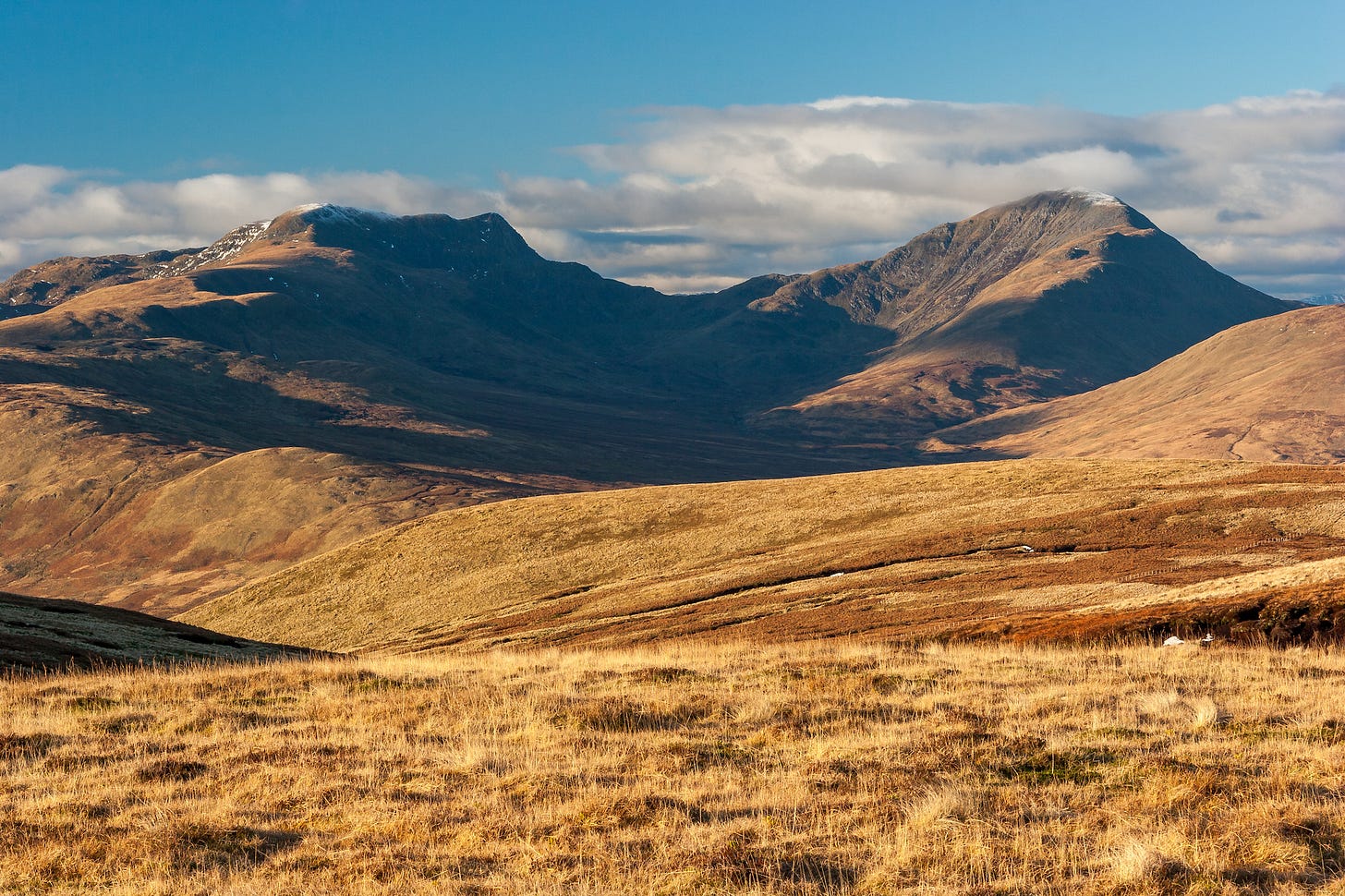
Covering high mountainous and fertile low ground, Drummond’s activities range from deer stalking and forestry to livestock and cereals farming, with both tenant and in-hand farms. In the past people have worked for life on the estate, with many jobs such as shepherding being handed down from father to son. It is a paternalistic relationship, where the estate provides tied homes for its workers not just during their employment but in retirement as well.
All these estates have absentee landlords, but their factors or estate managers live nearby, so they do not feel completely divorced from local residents, with channels of communication possible. But that does not mean that the local community have any input into the land management decisions made nor that their interests are taken into account.
If people living locally did have a say in how surrounding estates are managed many things would be different today. Just two examples:
Most people locally would prefer to see deer, whose numbers are maintained at artificially high levels for stalking, replaced with trees in upland areas. (By reducing their numbers so regeneration can happen and planted trees can survive being eaten). If this had happened decades ago, rain run off would be slower, reducing the flood risk for Comrie, where three rivers meet. Currently £27 million is being spent in the village on flood defences, which may not be sufficient in the face of climate change.
It is almost impossible for new entrants to farming to gain a foothold while most of the land is owned by a few, who are not prepared to sell or rent bits of land for enterprises that would increase employment and food provision locally.
The UK is fairly exceptional compared to much of Europe, especially Scandinavia, in how little control local communities have over land use in their area. Going back to the example of Denmark, new owners of land have to demonstrate their credentials and competence to local bodies before purchase is allowed to go ahead.
Although you hear grumbling, folk have lived in stasis with the picture in Scotland for a long time. One owner of a big estate may be replaced by another – who may be marginally worse or better – but perceived change has been minimal.
That situation is now altering rapidly, with the advent of carbon trading – a form of capitalising nature. Suddenly Scottish estates are being bought up by London hedge funds for ‘rewilding’. That sounds promising on the surface, but dig deeper and communities may be feeling just as much at the mercy of these ‘green lairds’ as they did from the old order of aristocratic estate owners.
That’s what I’ll be looking at in Part 3, using the two estates in Strathearn that most recently changed ownership as case studies. In future posts I will also be exploring community ownership and rewilding in more detail.
Thank you for reading this far. I hope you found it interesting.
Notes
This figure comes from the blog and website of Andy Wightman, who runs the Who Owns Scotland project.
Danish property rules are outlined on LawyersDenmark website.
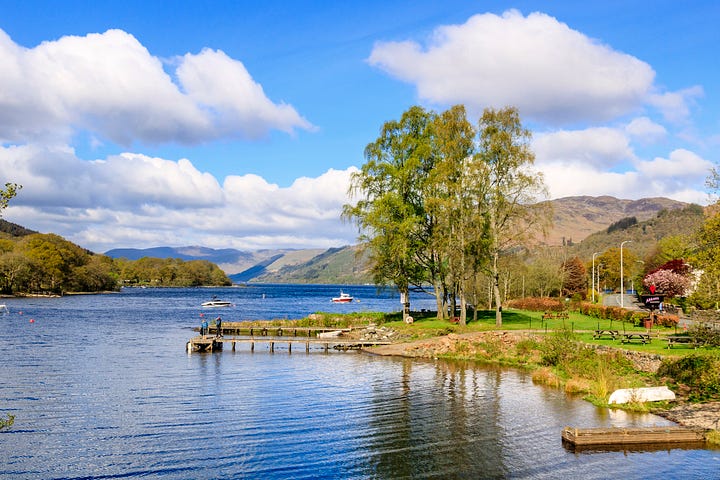
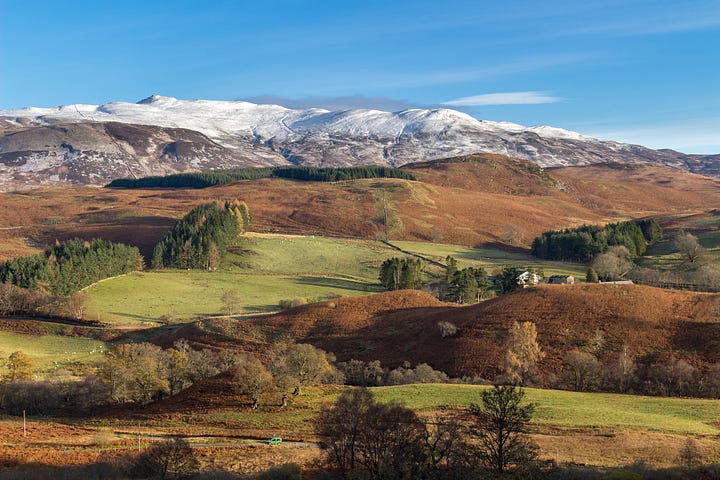
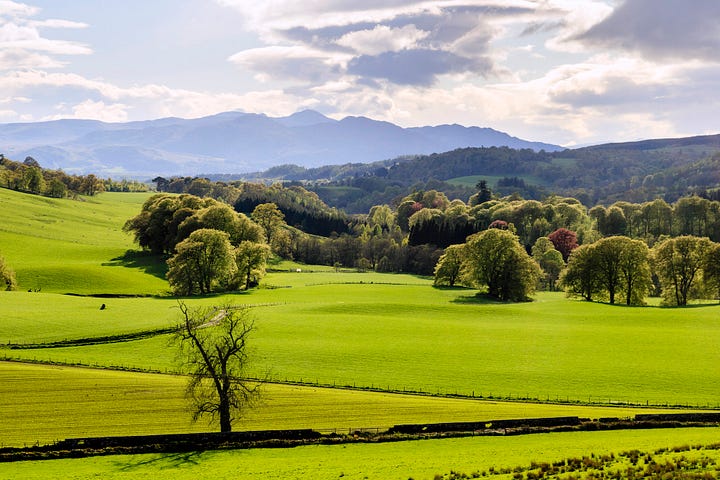
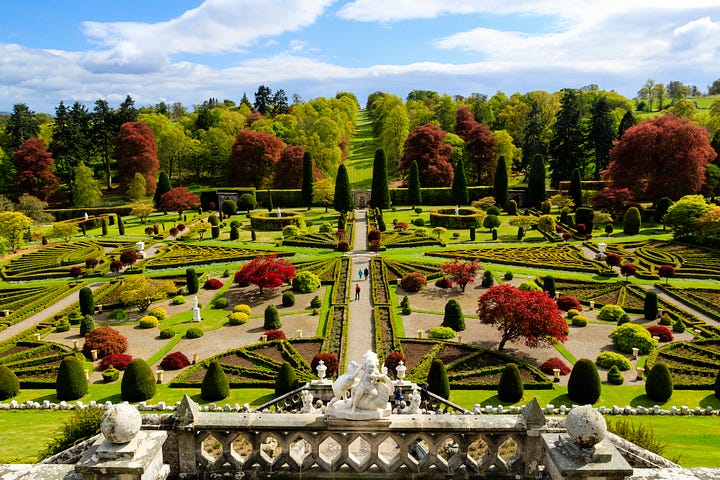


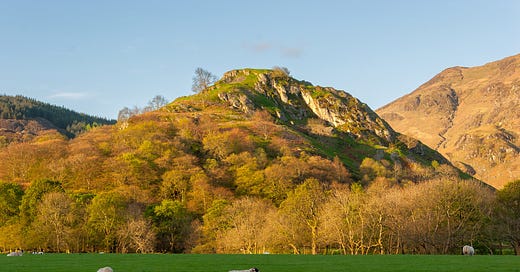


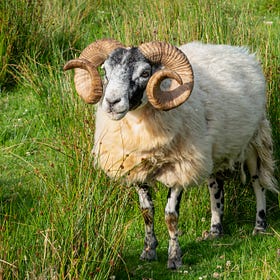
Sorry just one more comment to say, your photos are stunning. The last photo of the garden- what a beautiful garden
Oh and the not paying land tax here, madness!